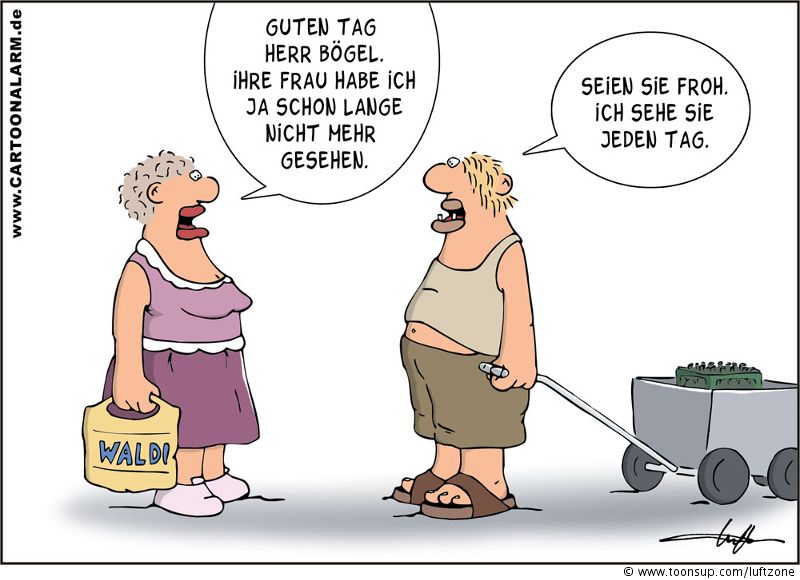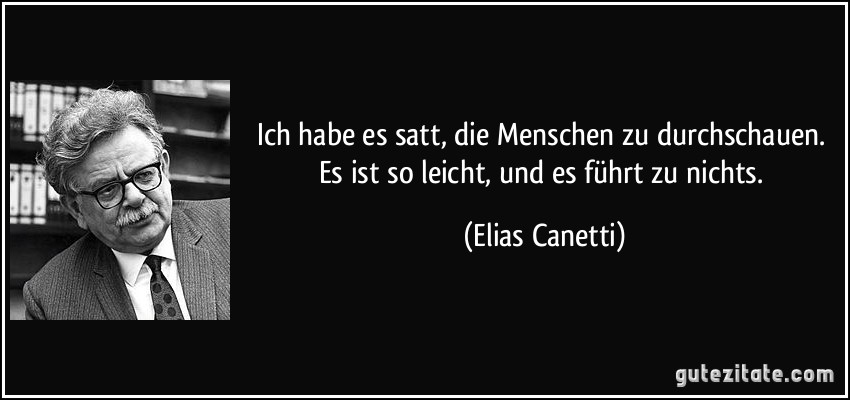1. In a declarative sentence the Verb which corresponds with the Subject is always placed at the 2. position in the sentence. Imagine like it has been “nailed” to that position.
Examples: sie lacht gern.
2. Subject in a declarative sentence can be placed either on the 1. position or on the 3. position (in both cases just beside the verb!) in a sentence. It can never move any further than that.
Examples: er kommt am Montag / am Montag kommt er.
3. ABER; DENN; UND; (NICHT…,) SONDERN; ODER (the so called “ADUSO”-words) do not change the word order in the subsequent sentence (they are, so to say, not a part of any sentence, they stay outside of it/them).
Example: Er möchte mich besuchen aber ich bin nicht zu Hause. / Ich spiele Fußball und er spielt Klavier.
5. Any other word (or word-group) other than ADUSO-words that finds itself on the 1. place in the sentence will change the word order in the subsequent sentence i.e. will take the 1. place in the sentence instead of the subject which means that the verb will come right after it.
Examples: Normalerweise stehe ich früh auf. / Bald kommt der Zug.
6. In the so called ja/nein-questions (the answer will begin with “ja” oder “nein”), the Verb which corresponds with the Subject is on the 1. position, while the Subject follows it.
Example: Lachst du gern?
7. In case that the interrogative sentence starts with a so called W-word (wer/was/woher/wo/wohin/wie etc.), the Verb which corresponds with the Subject is “nailed” to the 2. position while the Subject is “nailed” to the 3. position.
Example: Warum lachst du?
Advanced learners can find more complicated rules about the word order in German sentence here. If you want to find out where to place NICHT in a a German sentence click here.





